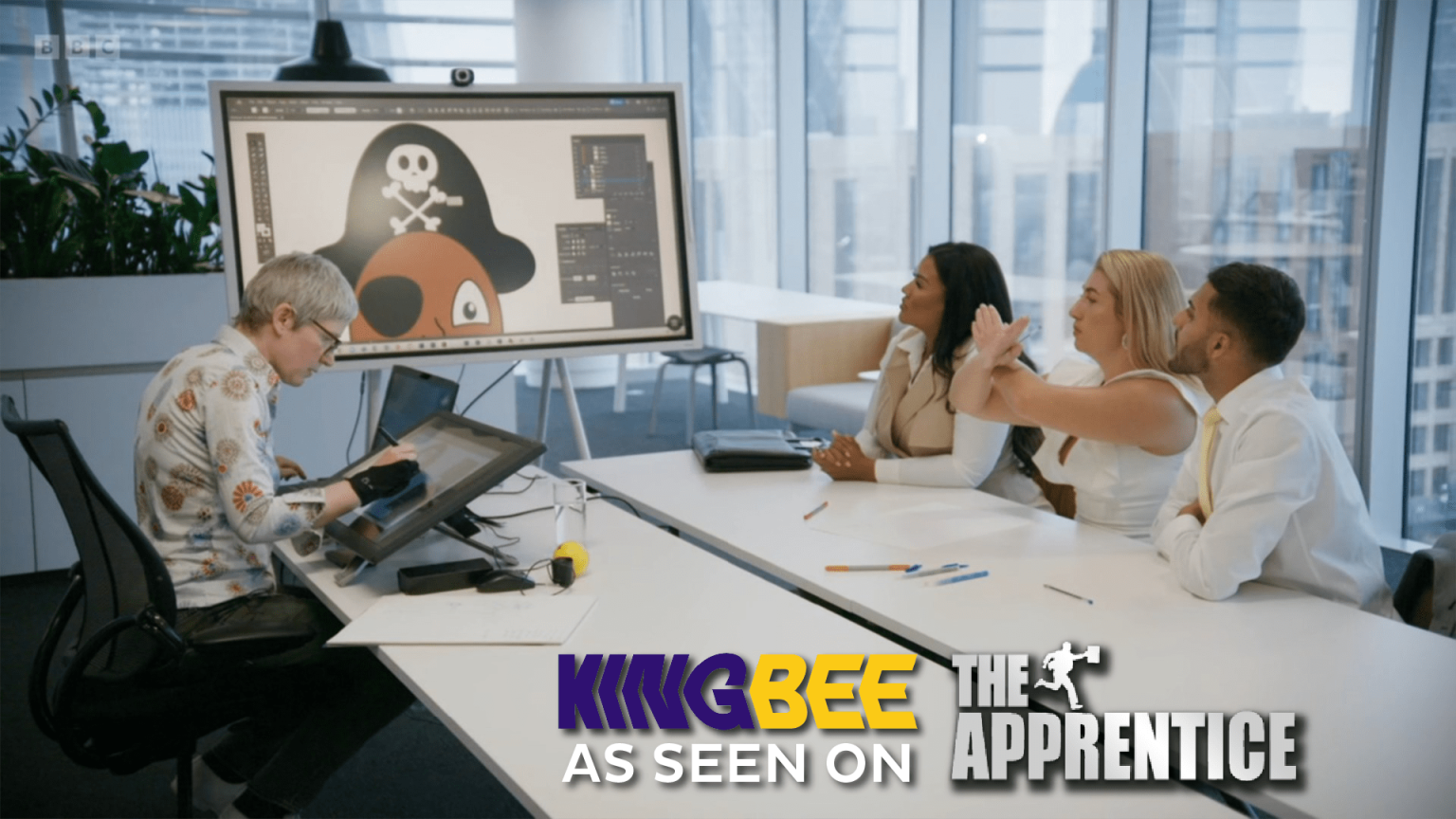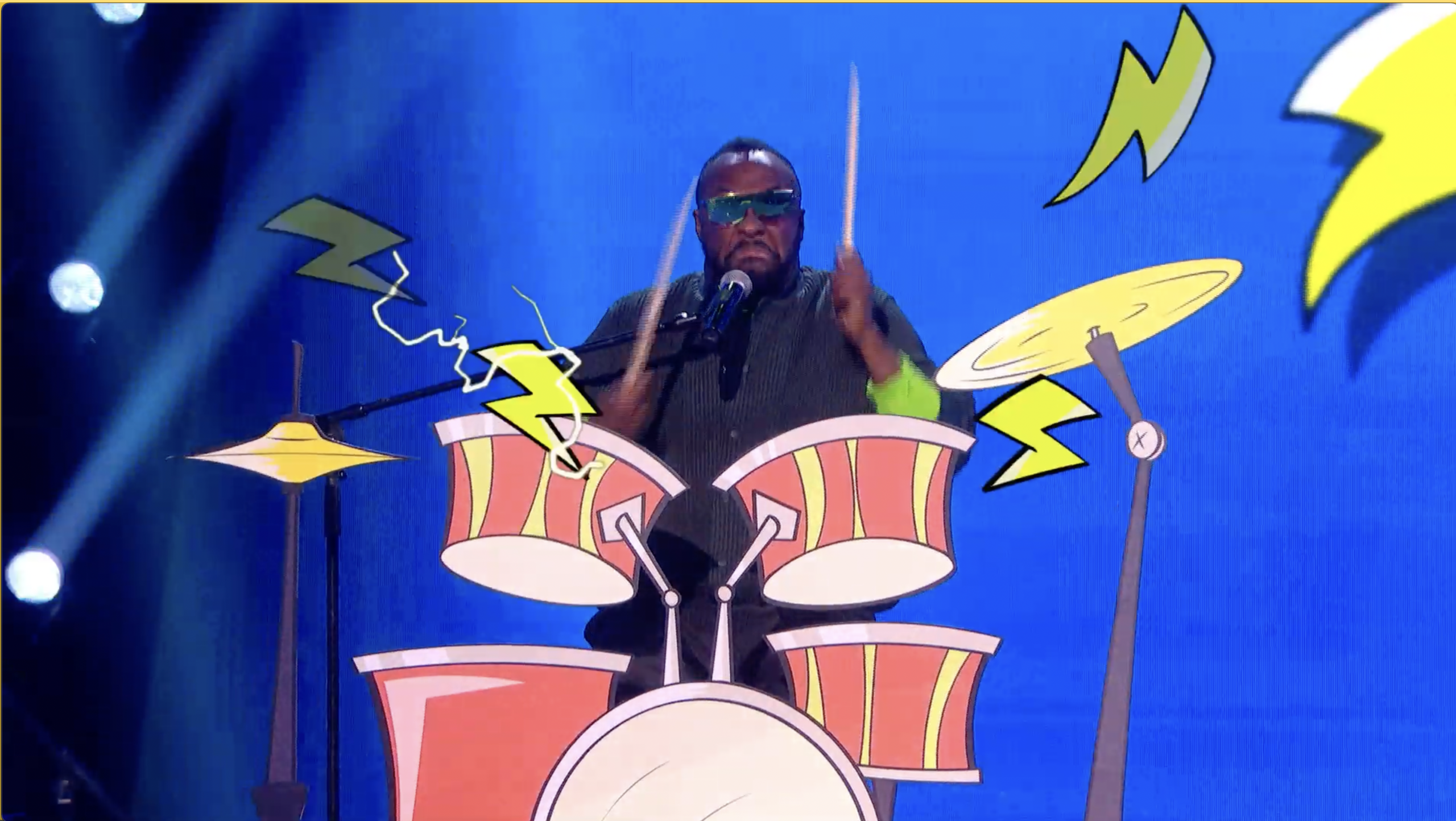Animation has long been dismissed as mere children’s entertainment, but for Martyn and his team at King Bee Animation Studios, it’s a powerful tool for communication, education, and inclusion. Their recent collaboration with Radlett Lodge, a National Autistic Society school, demonstrates how creative partnerships can create meaningful experiences for SEN pupils.
Martyn’s journey into animation began with childhood memories of Disney films and an obsession with The Simpsons. “My dad used to bring back all these Disney tapes, and my brother Jamie and I just got really addicted to watching animated films,” he recalls. What started as a childhood fascination evolved into a lifelong passion for creating animated stories.
What makes King Bee’s approach to SEN work particularly authentic is Martyn’s personal connection to the community. With two eldest children on the autistic spectrum, he brings both professional expertise and lived experience to his projects. “It’s an area that I care a lot about,” he explains simply.
This personal investment shows in their work with Radlett Lodge, where King Bee’s animated band has performed multiple times. The collaboration grew organically from weekly animation tutoring sessions Martyn provided for the school’s pupils, evolving into tailored performances that were smaller, more interactive, and perfectly adapted to their audience.

What sets King Bee apart is their deeply collaborative approach. Rather than creating content in isolation, they embed feedback and consultation throughout the entire production process – from character design and storyboarding to animation tests and final sound design.
“It’s always good to have focus groups in and get feedback in the process,” Martyn explains. “Having an SEN specialist consultant that’s in the process from the beginning is important. They could catch things that we might not think of. It needs to be all the way through the process, not reverse engineering at the end.”
This approach acknowledges something crucial about SEN audiences: their incredible diversity. “It can be such a broad audience,” Martyn notes. “My kids versus any other child on the spectrum is a completely different experience. It’s always full of interesting insights.”
One of the most compelling aspects of our conversation was Martyn’s insight into animation’s unique advantages over traditional video. “You don’t have to think about getting this actor, this location – you’re much less restricted with animation. You can get an idea across in a unique way that could really be quite emotive.”
But perhaps most importantly, animated characters can be more accessible than real people on screen. “Sometimes we identify with an animated character more than a real person,” Martyn observes. “You might see a character like Minions or Homer Simpson and identify with them, whereas if you see a video of someone who looks completely different to you, it might be harder to connect.”
This emotional accessibility is particularly valuable in SEN settings, where connection and understanding are paramount.
King Bee isn’t stopping at traditional animation. They’re developing an AI-powered animation app specifically designed to help young people, particularly those with SEN, create their own animations more easily. “I’d love to see loads of kids and teenagers make their own animations and get that amazing outlet,” Martyn enthuses.
It’s this combination of technological innovation, personal passion, and deep understanding of SEN needs that makes King Bee’s work so compelling.

For schools and SEN practitioners considering animation projects, Martyn’s advice is refreshingly practical: “Don’t be too fazed and feel like you need to know a lot about it. We hold people’s hands through the process.”
He encourages practitioners to:
Most importantly, he urges people to think beyond stereotypes: ” There’s such a diverse range of styles.”
It’s clear that animation can be used as a uniquely powerful medium for SEN education. It’s unrestricted by physical limitations, emotionally accessible, and infinitely adaptable. In the hands of practitioners like King Bee, who understand both the technical craft and the human need for connection, it becomes a tool for inclusion, understanding, and joy.
As Martyn puts it: “Animation is much freer to use – any visual you want, in any style, to really get people’s attention and move their emotions.”
If you are interested in knowing more about KingBee or the animation process, you can contact Martyn on Martyn@KingBee.co.uk and visit www.KingBee.co.uk.